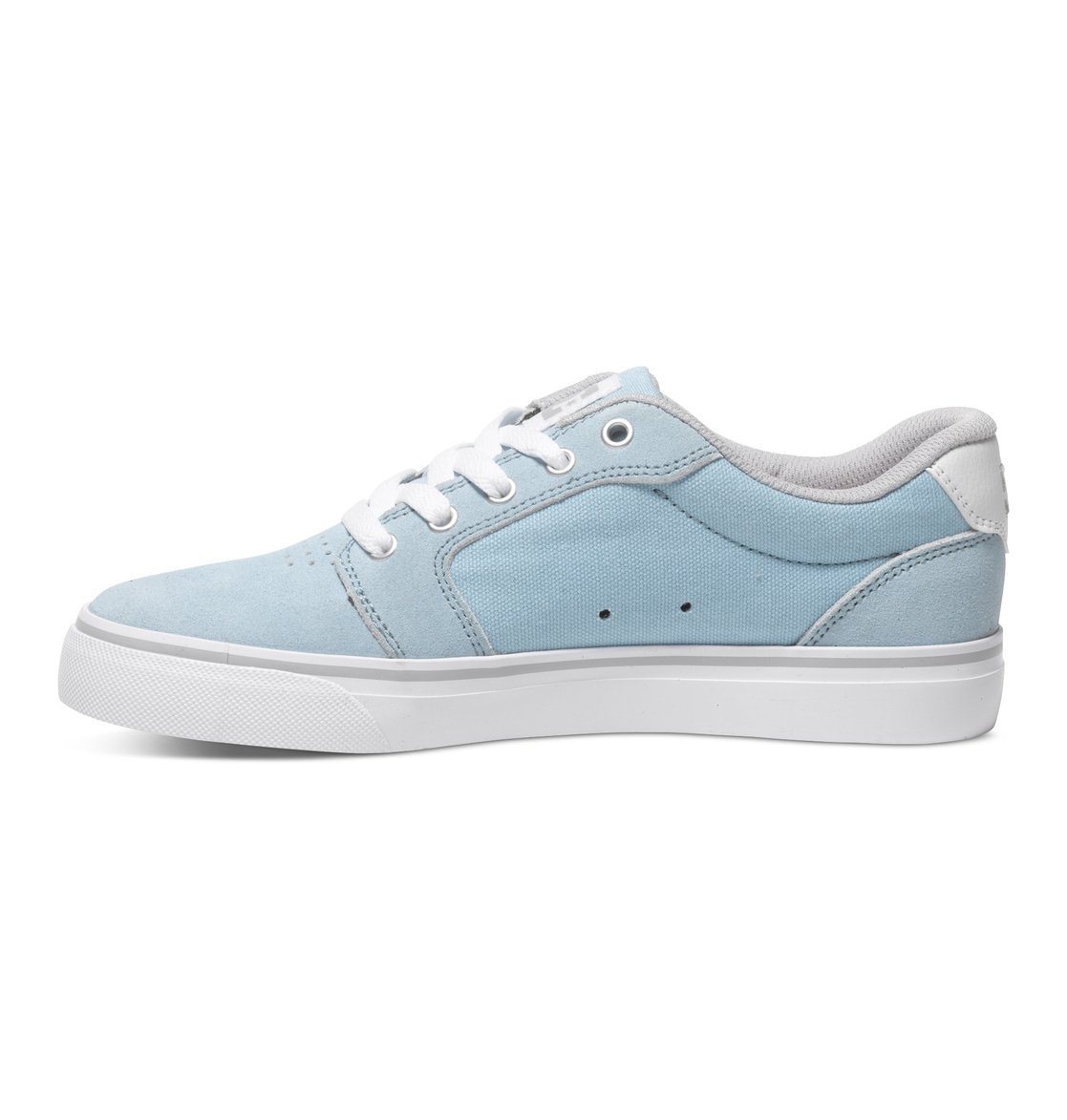
This is a decent rule to follow, but note that most boots will stretch - but only about a millimeter. One more important point: a lot of folks say that you should never under any circumstances buy a boot with the expectation that they’ll stretch. (Bring thick socks as well, since most boots are designed to be worn with them.) Your foot is more swollen toward the end of the day, and that’s when you should be trying on shoes and measuring the width in a store or with a Brannock device. It’s crucial to remember that the length of your foot won’t change throughout the day, but the width will. “If there’s too much compression at the ball of the foot, that can cause discomfort and inflammation.” “Some brands will be geared toward a wider foot and some toward a narrower foot, and that’s more of an issue than the length,” says Blitz. A lot of guys say that if the width is uncomfortably tight, it’ll eventually stretch.

The widest part of the shoe should line up with the widest part of your foot, meaning the ball. You might be able to check the flex point by checking the shoe width. It may sound simple, but if a boot breaks in the wrong spot it will rub against your foot, your foot will slide back and forth when you walk, the vamp will crease and twist, and the toe box can pinch down on the toes. The boot must flex where your foot does, and that’s at the toe line. No need to overcomplicate this one: every boot has a natural break point where it wants to bend, be it at the end of a stitched toe box or simply where your toes start, but that’s what you need to remember. This is arguably the most important component of fit - not the width, not the heel, but where the boot breaks on your foot.


While Blitz has made a comfortable living from bunion surgery, no one wants you to suffer in uncomfortable boots. That can cause inflammation, flat feet, and plantar fasciitis.” “If you wear a shoe that’s too big, your foot won’t bend at the shoe’s break point where it’s meant to and the arch support can be in the wrong place. Neal Blitz, DPM, FACFAS, a foot surgeon based in New York and Los Angeles who is board certified in both foot surgery and reconstructive rear foot and ankle surgery. “One of the things about wearing any shoe that’s too small is that it can compress the front of the foot and you can wind up with structural problems like bunions and hammer toes,” says Dr. The Health Consequences of the Wrong Boot Size How much room should be in the toe of a boot?.Is it better for a boot to be tight or loose?.How do I know if my boots fit properly?.The Health Consequences of the Wrong Boot Size.


 0 kommentar(er)
0 kommentar(er)
